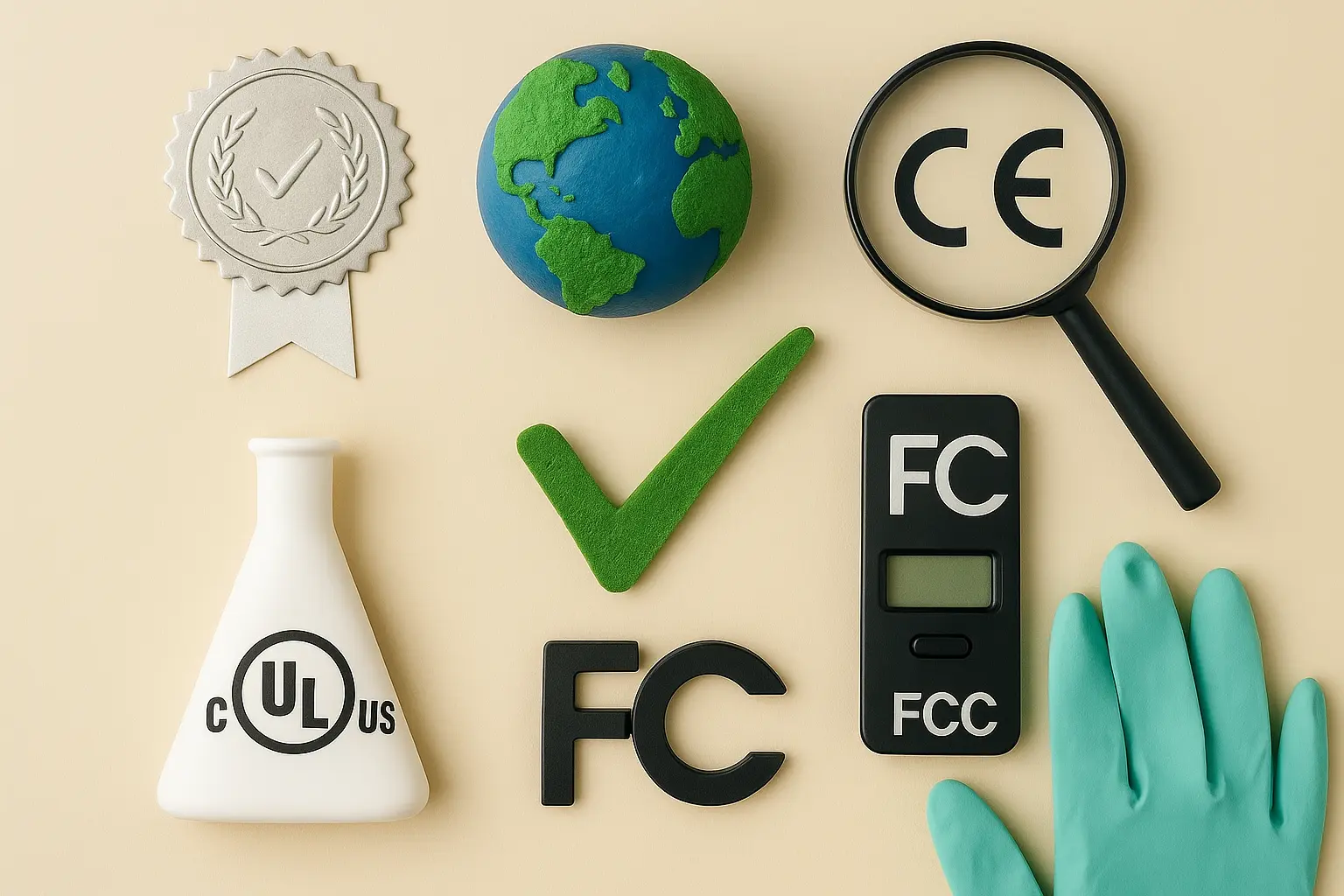EcoDesign Directive Certification
The EcoDesign Directive (EoD) aims to ensure that products placed on the market in the European Union are designed and manufactured with energy efficiency, environmental impact, and resource use in mind. Compliance with this directive is crucial for manufacturers, as it can significantly influence product design, marketing strategies, and ultimately, sales.
The EcoDesign Directive requires manufacturers to demonstrate compliance through a series of assessments that ensure products meet the necessary standards. This process involves rigorous testing conducted by accredited laboratories to verify conformance to relevant European directives such as EUE and other related regulations.
Achieving EcoDesign Directive certification not only enhances product reputation but also opens up new market opportunities, particularly within the EU. It is essential for manufacturers to understand the specific requirements of this directive, including energy efficiency targets, material restrictions, and lifecycle considerations.
The compliance process typically involves a series of tests designed to evaluate various aspects of the product's design and functionality. These tests are conducted using internationally recognized standards such as ISO 50001 for energy management systems and EN 302 636 for radio equipment. The results of these tests are then used to generate detailed reports that serve as evidence of compliance.
Accredited laboratories play a critical role in this process by providing impartial, accurate, and reliable testing services. These labs use state-of-the-art facilities and cutting-edge technology to ensure that the tests conducted are both precise and repeatable. This level of accuracy is essential for manufacturers seeking to comply with the EcoDesign Directive.
It's important to note that the compliance process is not one-size-fits-all. Different products may require different types of testing, depending on their specific characteristics and intended use. For example, electronic devices may need to undergo electromagnetic compatibility (EMC) tests, while construction materials might require durability and sustainability assessments.
The EcoDesign Directive also emphasizes the importance of continuous improvement in product design. This means that manufacturers must regularly review and update their products to ensure they remain compliant with evolving regulations and market demands. By doing so, manufacturers can not only meet regulatory requirements but also enhance their brand reputation and customer satisfaction.
Applied Standards
The EcoDesign Directive certification process is based on a range of international standards that govern various aspects of product design and performance. These include:
- ISO 50001: Energy Management Systems – This standard provides a framework for energy management systems, helping organizations to improve their energy efficiency.
- EN 302 636: Radio Equipment – This European standard sets out the essential requirements and conformity assessment procedures for radio equipment.
- IEC 62471: Lighting – This international standard provides a framework for the measurement of light sources, including their color rendering index (CRI).
- EN 50329: Power Quality – This European standard specifies the requirements for power quality in industrial and commercial premises.
The use of these standards ensures that products are tested against recognized benchmarks, providing a level playing field for all manufacturers. It also helps to ensure that products meet the high environmental and safety standards expected by regulators and consumers alike.
It's important to note that compliance with one or more of these standards does not automatically mean compliance with the EcoDesign Directive. Manufacturers must undergo a comprehensive assessment process, which may include additional tests specific to their product category. This ensures that products meet all relevant requirements and can be safely and efficiently used by consumers.
Benefits
- Enhanced Product Reputation: EcoDesign Directive certification demonstrates a commitment to environmental responsibility, which can significantly enhance the reputation of your product in the eyes of consumers.
- Better Market Access: Compliance with this directive opens up new market opportunities, particularly within the European Union. It ensures that products meet the high standards expected by regulators and consumers alike.
- Cost Savings: By identifying and addressing potential issues early in the design process, manufacturers can avoid costly re-designs later on. This also helps to reduce waste and improve efficiency throughout the product lifecycle.
- Innovation Opportunities: The EcoDesign Directive encourages innovation by promoting energy-efficient and environmentally friendly products. This creates opportunities for manufacturers to develop new technologies and processes that are both sustainable and profitable.
- Regulatory Compliance: By ensuring compliance with this directive, manufacturers can avoid potential fines and penalties associated with non-compliance.
- Satisfied Customers: Consumers increasingly prioritize environmental responsibility when making purchasing decisions. EcoDesign Directive certification can help to build trust and loyalty among customers who value sustainability.
These benefits highlight the importance of achieving EcoDesign Directive certification for manufacturers looking to stay competitive in an ever-evolving market environment. By complying with this directive, manufacturers can not only meet regulatory requirements but also enhance their brand reputation and customer satisfaction.





